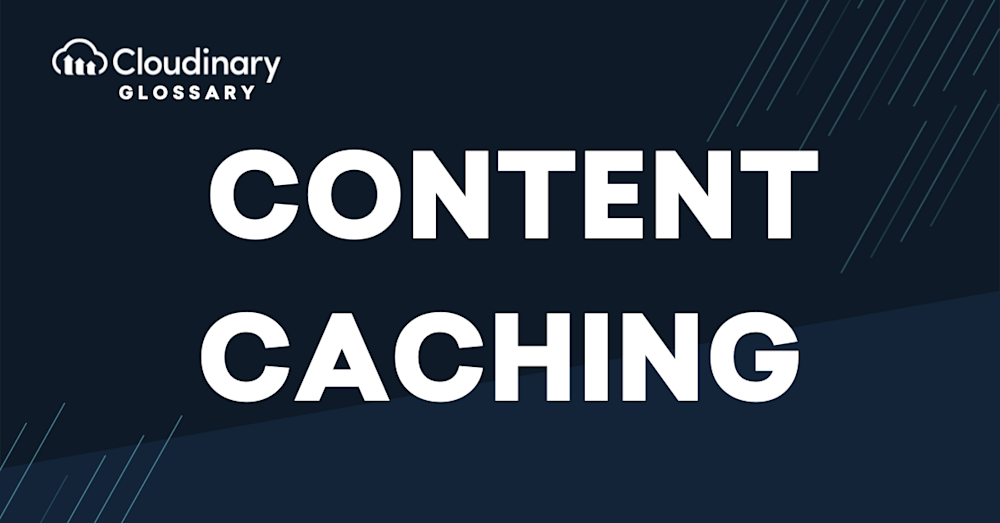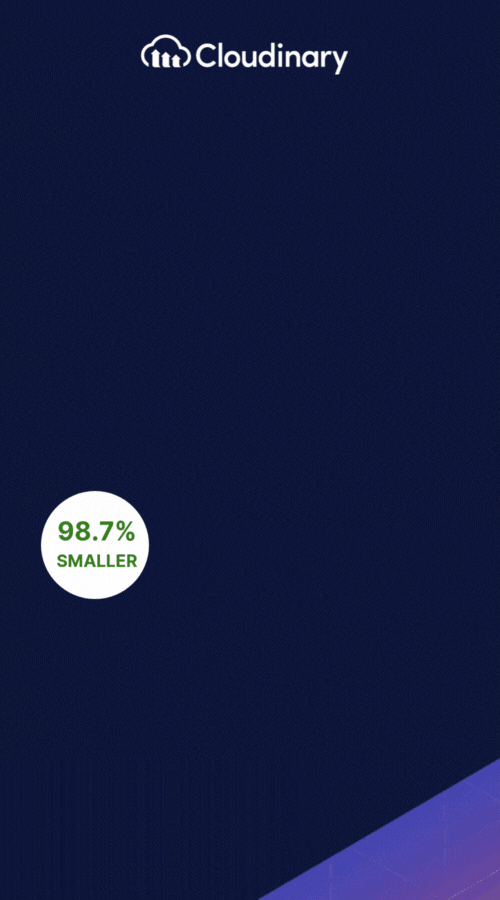What Is Content Caching?
Content Caching is a technique used to store copies of web content, such as images, videos, and HTML files, on strategically located servers to improve the speed and efficiency of content delivery. When a user requests a piece of content, the cached version is served from the server closest to the user, reducing latency and ensuring faster load times. This process enhances the user experience and reduces the load on the origin server, preventing potential bottlenecks and improving overall website performance.
Caching is a crucial component of Content Delivery Networks (CDNs), which consist of a network of servers distributed across multiple geographic locations. With these servers, CDNs can ensure that users receive the requested content from the nearest server, minimizing delays and providing a seamless browsing experience.
In specific platforms such as macOS, content caching extends to services that accelerate the download of software and iCloud data. This is achieved by storing content locally on a Mac, which has been previously downloaded by any Apple device in the network. This approach emphasizes a local network-centric caching mechanism, which significantly enhances software and data retrieval speed within a specific ecosystem.
Why Do We Need Content Caching?
Content caching is essential for providing an optimal browsing experience to users across the globe, as it addresses several key challenges businesses and content providers face in the digital world. One of the primary reasons we need content caching is to reduce latency, which is the time it takes for a user’s request to travel from their device to the server and back. By serving content from a nearby cache, the response time is significantly reduced, resulting in faster load times and a smoother user experience.
Moreover, in the context of local networks, particularly those involving Apple devices, content caching serves to expedite access to frequently used software and iCloud data. By caching this data on a local Mac, other devices in the network can access the same content without the need to re-download it from the internet, further reducing load times and enhancing network efficiency.
Another reason for implementing content caching is to reduce the load on the origin server. When multiple users request the same content, caching allows the server to serve the cached copy instead of repeatedly processing the same request. This not only saves bandwidth and server resources but also enhances the overall performance and scalability of the website.
In the case of macOS, enabling content caching involves a few simple steps through the system settings, allowing users to easily manage and utilize this feature for improved performance within their local network. This method of user-controlled caching is particularly effective in environments where Apple devices are prevalent.
How Can You Set Up Content Caching?
Setting up content caching involves a combination of techniques and tools to optimize web content storage and delivery. Here are some critical steps to implement content caching:
- Choose a caching method. Select between browser caching, server-side caching, or using a CDN for caching content across multiple servers.
- Configure cache settings. Define cache settings such as duration, cache-control headers, and validation to manage how content is stored and served.
- Optimize content. Minify and compress files, such as HTML, CSS, and JavaScript, to reduce their size and improve caching efficiency.
- Leverage caching plugins or tools. Use caching plugins or tools available for popular content management systems (CMS) like WordPress, Drupal, or Joomla.
- Monitor and analyze cache performance. Regularly monitor cache performance and adjust as needed to ensure optimal content delivery and user experience.
Additionally, for macOS users, content caching can be enabled directly through the system settings, offering a user-friendly approach to cache management. This includes a visual indicator, such as a green light, signaling the active status of content caching, simplifying user monitoring.
Content Caching Best Practices
To make the most of content caching and ensure an optimal user experience, it is crucial to follow best practices that maximize the efficiency and effectiveness of your caching strategy. Some key content caching best practices include:
- Set appropriate cache durations. Determine the optimal cache duration based on the frequency of content updates and user access patterns.
- Use cache-control headers. Utilize cache-control headers like
public,private,no-cache, andmax-ageto manage how content is cached and served. - Implement cache validation. Use ETag or Last-Modified headers to validate whether the cached content is still up-to-date, ensuring users receive the latest content.
- Cache only necessary content. Focus on caching static and frequently accessed content while avoiding caching sensitive or rapidly changing data.
- Test and optimize. Regularly test your caching setup and adjust as needed to maintain optimal performance and user experience.
For macOS environments, it is also advisable to focus on caching software updates and iCloud data, which are frequently accessed and benefit significantly from reduced loading times. This tailored approach to content caching ensures that local Apple devices operate more efficiently within their specific ecosystem.
Control Your Content with Cloudinary
Content caching is vital to delivering fast, reliable, and efficient web experiences to users worldwide. By understanding its importance and implementing best practices, businesses, and content providers can optimize their websites for performance, scalability, and user satisfaction.
Don’t leave your content caching to chance. Choose Cloudinary as your trusted partner for optimizing content caching and enhancing your website’s performance. With us, you can benefit from their advanced caching features and powerful media management tools, ensuring that your content is delivered quickly and efficiently to users across the globe.
Take your content delivery to the next level with Cloudinary and provide your users with a seamless, high-performance browsing experience.
Additional Resources You May Find Useful:


